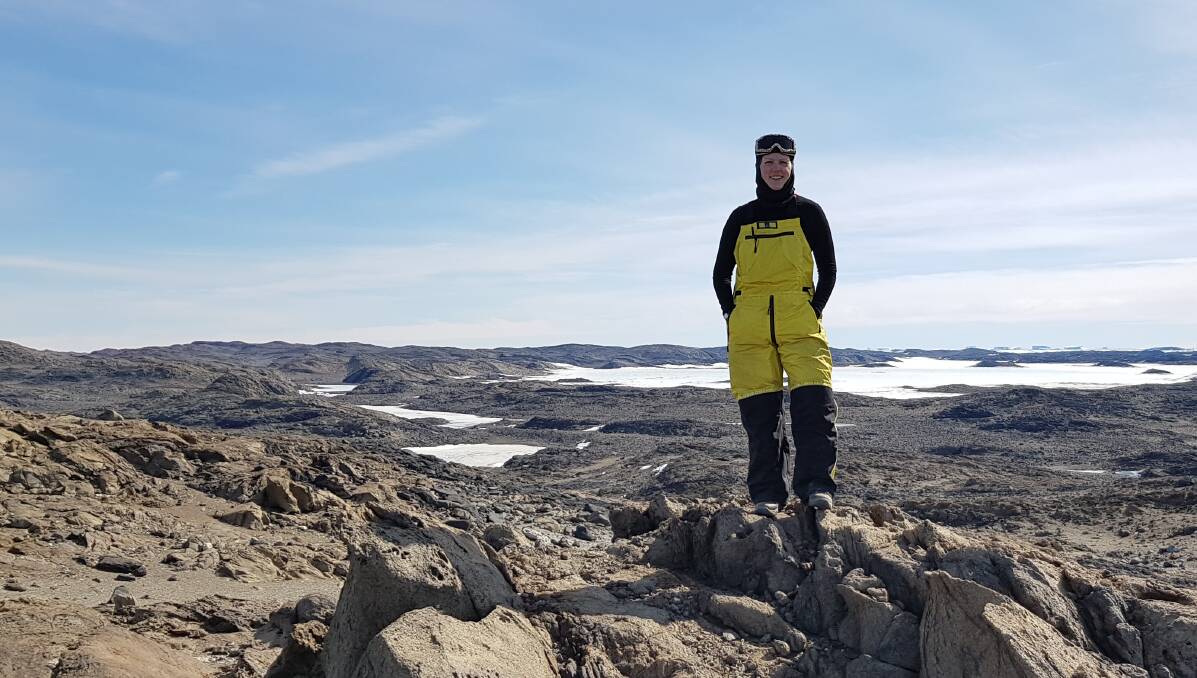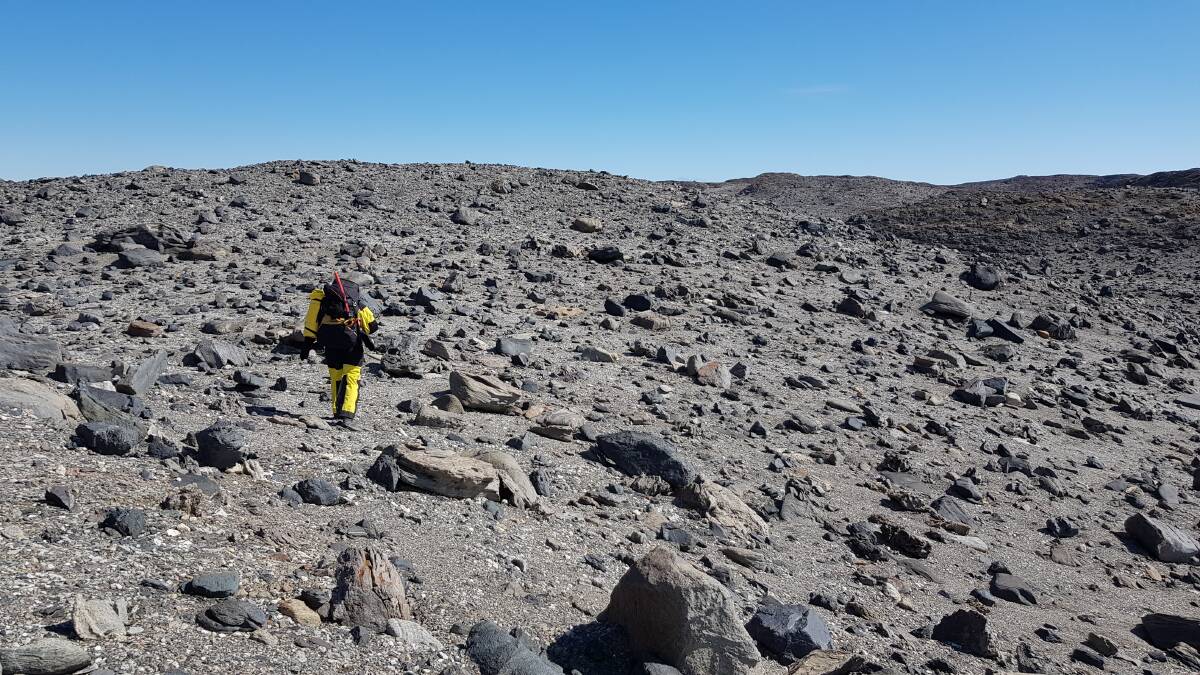Across the vast, beguiling continent of Antarctica, small, often coastal areas, are left without ice and snow, exposed and vulnerable to the effects of human activity.
Subscribe now for unlimited access.
$0/
(min cost $0)
or signup to continue reading
The impact can be decades-long in these so-called oases, with no rain to wash away what traces people leave behind.
Geoscience Australia's Dr Stephanie McLennan, who is usually based in Canberra, is leading a five-year project to better understand what impact humans have had in Antarctica.

She said for all the time people have spent in Antarctica, there was still plenty to learn.
"[We understand] very little, truly. The physical landscapes, the geology, and the rocks in there as well as the micro-organisms that have adapted to that environment, and also importantly how these environments are going to change with a warming climate: if we don't properly understand them now, it's going to be even harder to understand how they're going to change in the future and how we need to adapt to that," she said.
Dr McLennan, who spoke to the Sunday Canberra Times from Davis Station, is partway through her second summer in Antarctica.
"It's difficult leaving friends and family behind, especially around Christmas and the holidays and especially considering everything that's going on with the fires at the moment and the danger that people are in," she said.
"But we're really well-connected with internet down here. It doesn't seem like that long ago, maybe 30 or 40 years, when they just had telegrams down here and now we have pretty good internet to be able to contact home easily, and that helps immensely."
Dr McLennan's project, supported by the Australian-Antarctic research program, will make recommendations on how to limit human impacts in the future.
"The work I'm doing is looking to understand that landscape near Davis [Station] better, so we can protect it and manage our activity there more sustainably," she said.
"That involves mapping the geology, mapping the sediment that is around that landscape, as well as putting in some test sites that look at change over time."

Last summer, Dr McLennan and her team put in sites to measure their own impact on the hills.
"The Vestfold Hills area that we're working in, from just a quick photo, it looks very brown and monotonous, but when you get on the ground and start walking through it and paying close attention, it's incredibly diverse," Dr McLennan said.
"And it's not just this area that's diverse. All the ice-free areas in Antarctica are slightly different. And I think it's easy for us to think, 'Oh well, it's less than one per cent of the continent. It's a one-size-fits-all management approach.' And it's really not the case."
Dr McLennan's team arrived in mid-December after finding out they were leaving a week earlier than expected from Canberra, rushing to Hobart to make their flight.
They got stuck at Casey Station waiting for a gap in the weather to fly across to Davis Station. Team members passed the time in a makeshift office, helping in the kitchen and exploring a very different part of Antarctica.
"It can be frustrating when there's now definite end to it and you're just itching to get to work, but there really is no point getting upset or trying to fight it because there's nothing you can do. It's the weather and safety comes first," Dr McLennan said.
"I'm constantly amazed at the patience and resilience of all the expeditioners down here: 'Yep, that's a shame, but let's make the most of it.'
Dr McLennan said there was months of work in planning and arranging an expedition to Antarctica.
"We have to send our equipment down months ahead of when we arrive. I think most of our equipment left Canberra in September and we didn't get here until mid December," she said.
"Likewise, sending things home, we won't get a lot of our equipment back in Canberra until April or May when it comes back on the ship.
"We need to be really self-sustainable or self-sufficient down here. There's no Bunnings. There are a lot of trades and workshops where sometimes, if you're in a pinch, you can get someone to make up a piece of equipment if you need to, but we need to anticipate everything that we could possibly need and bring spares and redundancies as well."
Although Dr McLennan is looking forward to a Canberra-standard flat white when she returns in February, it is still hard to come back.
"[Returning last year], it took a bit to readjust to normal life, not just from what I'd left behind but as well you develop a very different lifestyle and routine," she said.
"When I'm in Canberra, I'm in the office all the time. Down here I get up, have breakfast, I go to an operations meeting and then I'm in a helicopter at 9am and then I'm out walking 12 kilometres through the day, rugged up in lots of layers of fleece and Gore-Tex. And then [I'm] back for dinner and very tired and then [I] do it all again the next day.
"So it's quite a different lifestyle and routine, but it's so much fun and it's hard work. But it's really rewarding," she said.


